Established in 1946 to provide a comprehensive test and evaluation site for tactical missiles, Point Mugu has been instrumental in the development, test, evaluation and in-service support of systems including Regulus, Sparrow, Phoenix, Bullpup, Harpoon, SLAM, Tomahawk, Standard, and Rolling Airframe Missile. The first missile launch from an operational submarine was also accomplished at Pt. Mugu.
CA
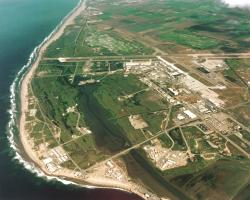
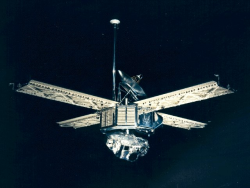
As much as we know today about the planets of the solar system, it’s almost incomprehensible that a mere 50 years ago we knew almost nothing about them. Observations of even Mars and Venus, Earth’s closest planetary neighbors, through Earth-based telescopes had provided only the most rudimentary information on their physical characteristics and essentially no information on the chemical properties of the planets and their atmospheres.
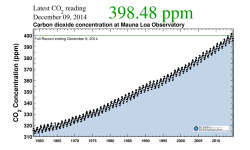
Charles David Keeling of Scripps Institution of Oceanography was the leading authority in establishing the global atmospheric carbon dioxide (CO2) record. In 1958, Keeling began measuring atmospheric CO2 concentrations from Hawaii’s Mauna Loa Observatory. Using rigorous analytical procedures, he revealed new information about natural and man-caused carbon trends.

Frozen foods have become a staple of the modern diet. Freezing allows consumers to have access to foods previously unavailable or available only seasonally, and it provides convenience for many families. But frozen foods became commonplace only after World War II, in part due to research conducted at the Western Regional Research Center which helped determine the proper time and temperature at which various foods should be frozen to insure their quality and stability.
The plaque commemorating the research reads:
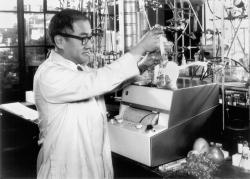
Flavor—encompassing both aroma and taste—provides the defining characteristic of how we experience food. Flavor has long been an enigma to scientists: Aristotle described two categories of taste, sweet and bitter. Today we recognize five basic tastes in food: sweetness, saltiness, sourness, bitterness and umami (savory). But what are the scientific components of flavor, and how can flavor be studied, quantified and replicated?
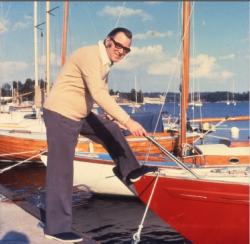
During the winter of 1957-58, Earl E. Bakken developed the first wearable transistorized pacemaker, the request of heart surgeon, Dr. C. Walton Lillehei. As earlier pacemakers were AC-powered, this battery-powered device liberated patients from their power-cord tethers. The wearable pacemaker was a significant step in the evolution to fully-implantable units.
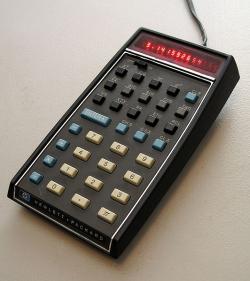
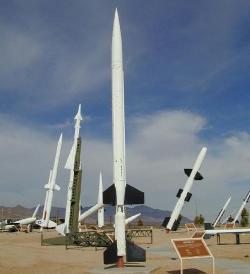
On Colorado Blvd in Pasadena in 1942, the Aerojet Engineering Company founded the first manufacturing facility for the production of rocket propulsion systems. This site was selected to be honored by AIAA because of its significance as one of the first production sites for rocket motors, laying part of the foundation for the rocket business. Production was done under the leadership of Aerojet's first president, Dr. Theodore von Karman, world-renowned scientist and engineer from the California Institute of Technology. The plant remained here until 1945.
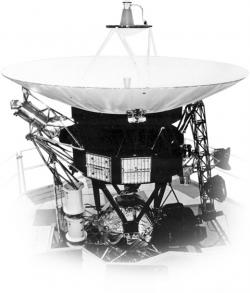
The Voyager explorers, which provided scientists and the world with the first detailed pictures of faraway planets, were designed and tested during 1972 to 1977. The two most intelligent machines ever built in the NASA space program, the explorers were launched from Cape Canaveral, Fla., in 1977. Voyager 2 was launched first on August 20, followed by Voyager 1 on September 5.
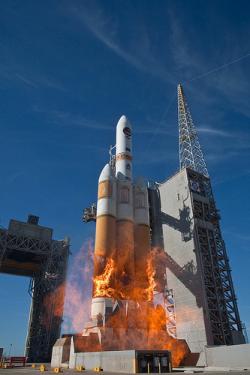
Vandenberg Air Force Base was the nation’s first space and ballistic missile operational and training base. Beginning with its first launch, a Thor Intermediate Range Ballistic Missile (IRBM) on December 16, 1958, it has been the launch site of many of America’s military satellites and polar-orbiting satellites.
Innovations
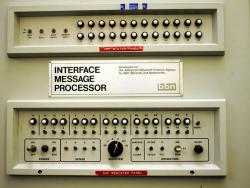
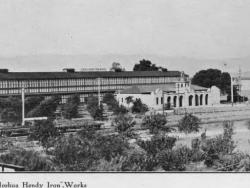
This ironworks exemplified the adaptability required for industrial survival in a dynamic technical environment. It was a major western producer of mechanical equipment used in mining (especially large hydraulic machines), ship propulsion, irrigation, power generation, optical telescope mounts,…
Read More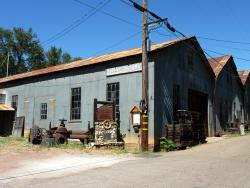
This is one of the earliest US foundry-machine shops remaining in operation and one of the few water powered. It was founded by Samuel N. Knight (1838-1913) to manufacture machinery for the gold mines of the …
Read More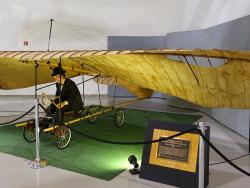
The glider was the first heavier-than-air human-carrying aircraft to achieve controlled piloted flight. On his first successful flight, August 28, 1883, John Montgomery soared at about 600 feet. The Montgomery glider's success demonstrated aerodynamic principles and designs fundamental to the…
Read More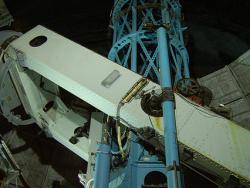
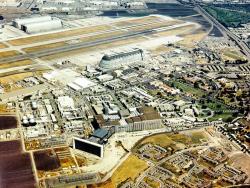
Established in 1939 by the National Advisory Committee for Aeronautics (NACA), and named after NACA’s first chairman, Joseph S. Ames, the center has been at the forefront of American, and worldwide, aeronautics research. From its earliest days, the center has made noteworthy contributions to the…
Read More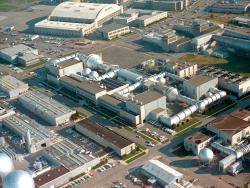
This wind tunnel complex was developed by the National Advisory Committee for Aeronautics (NASA's predecessor) to serve the emerging need for supersonic research and development following World War II. The three-testing-section configuration covers Mach number .03-3.5 and utilizes a single…
Read More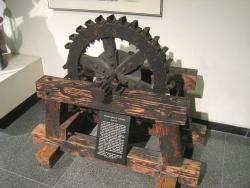
Water wheels have been used to power mills and pumps for centuries. However, the traditional water wheel was inefficient: water hitting a bucket would splash back against the next bucket, slowing the wheel. This is especially true when water is delivered to the buckets under very high pressure…
Read More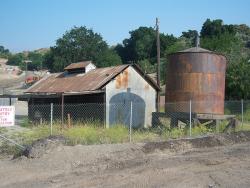
The economic situation in the whale oil business (for lighting), coupled with the increased demand for lubricants, stimulated growth in the U.S. petroleum industry. The drilling of the heavy, sulfurous, and asphaltic California crude began in the 1870s at the Pico Canyon area, using the…
Read More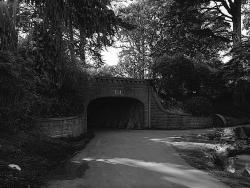
Alvord Lake Bridge, along with many of Ernest Ransome's reinforced concrete buildings, survived the 1906 San Francisco earthquake and several subsequent tremblers with no damage. Built in 1889 by Ernest L Ransome of New York, this reinforced concrete arch bridge in San Francisco's Golden Gate…
Read More
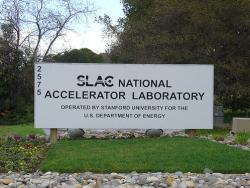
The Stanford Linear Accelerator Center was renamed in 2009 to the SLAC National Accelerator Laboratory.
Notable for: unique electromechanical devices and systems in the longest accelerator in the world
The Stanford two-mile accelerator, the longest in the world,…
Read More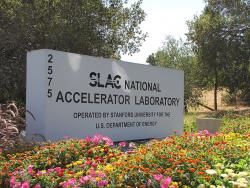
The basic research tool at SLAC is an intense beam of electrons that have been accelerated by an electric field equivalent to 30 billion volts, making this the most powerful electron beam in the world.
The two-mile linear accelerator produces this field using high-power microwaves…
Read More
The SS Jeremiah O'Brien, an emergency cargo vessel of the type EC2-S-C1 better known as Liberty Ships, is one of two operative survivors of 2,751 ships, the largest fleet of single class ever built. The other is the SS John W. Brown, now in Baltimore (not operative at the time of the landmark…
Read More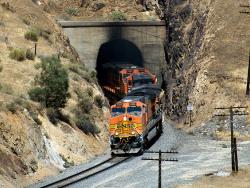
The Tehachapi Pass Railroad Line was cut through solid and decomposed granite by about 3,000 Chinese laborers using nothing more than picks, shovels, horse drawn carts, and blasting powder. This line, which rises from the San Joaquin Valley and through the Tehachapi Mountains, originally…
Read More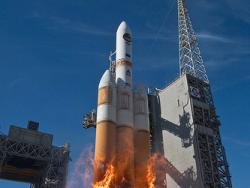
Vandenberg Air Force Base was the nation’s first space and ballistic missile operational and training base. Beginning with its first launch, a Thor Intermediate Range Ballistic Missile (IRBM) on December 16, 1958, it has been the launch site of many of America’s military satellites and polar-…
Read More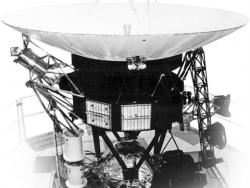
The Voyager explorers, which provided scientists and the world with the first detailed pictures of faraway planets, were designed and tested during 1972 to 1977. The two most intelligent machines ever built in the NASA space program, the explorers were launched from Cape Canaveral, Fla., in 1977…
Read More
On Colorado Blvd in Pasadena in 1942, the Aerojet Engineering Company founded the first manufacturing facility for the production of rocket propulsion systems. This site was selected to be honored by AIAA because of its significance as one of the first production sites for rocket motors, laying…
Read More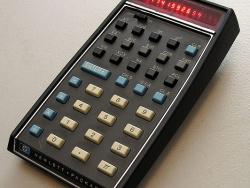
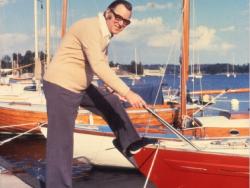
During the winter of 1957-58, Earl E. Bakken developed the first wearable transistorized pacemaker, the request of heart surgeon, Dr. C. Walton Lillehei. As earlier pacemakers were AC-powered, this battery-powered device liberated patients from their power-cord tethers. The wearable pacemaker…
Read More

